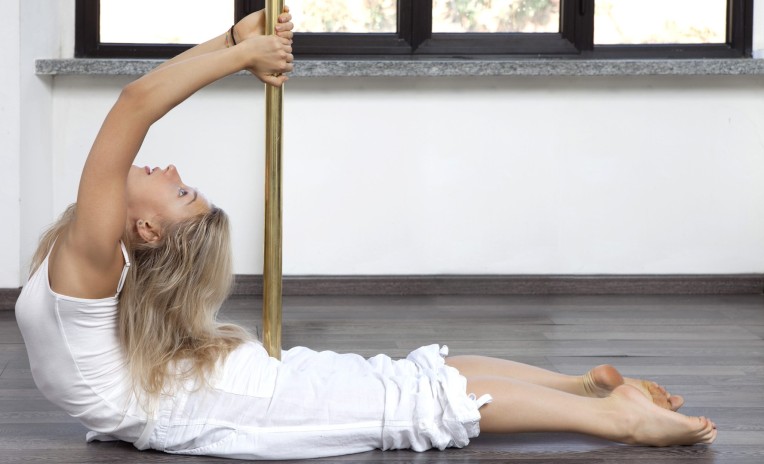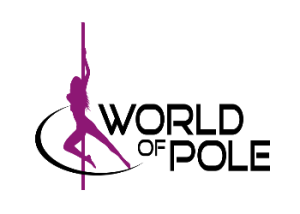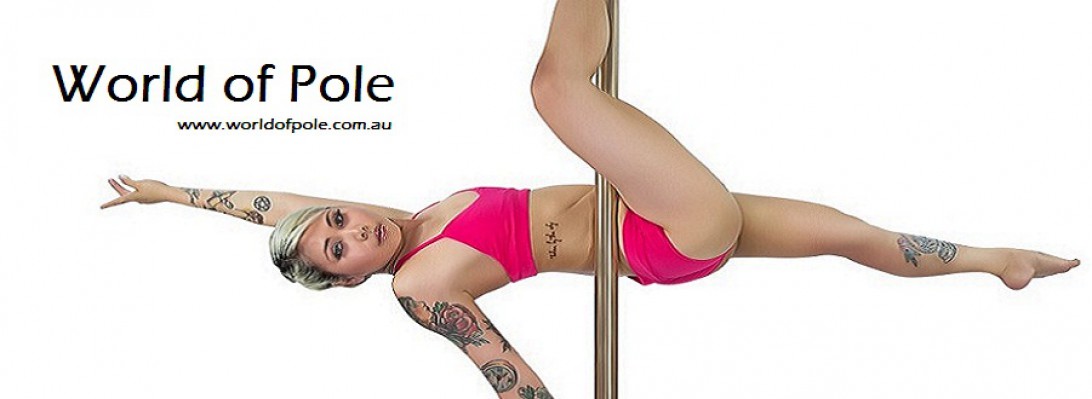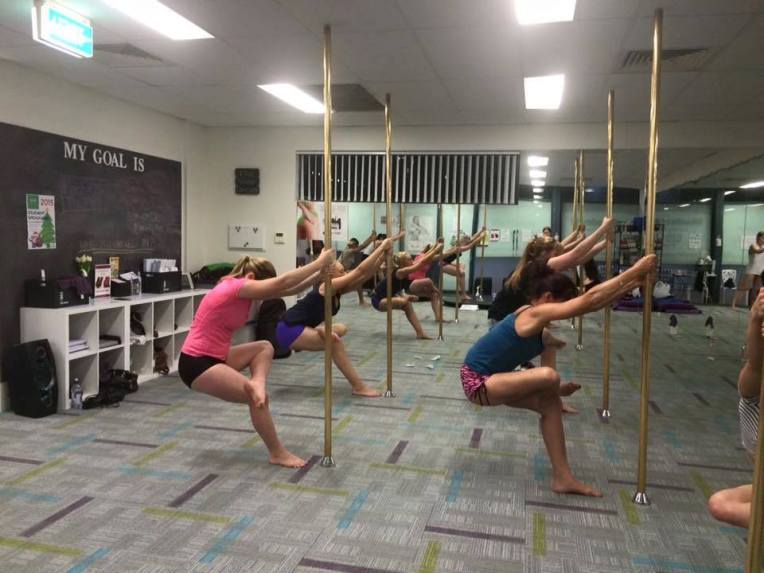Are you really excited about your first pole dancing class but feeling nervous? We have you covered. In this blog, we will explain you in a simple way what is waiting for your on the first day in a pole studio. We are not saying the things will go exactly the way we have written but we have tried to offer you a general view through our experience on what most people have gone through on their first pole class.

It is not a stripper club it is a dancing studio-
When most people hear pole dancing, their minds immediately jump to the images of half-naked girls making seductive moves. The conception is totally wrong. The moment you enter into the pole dancing classes in Kings Park, you could feel the positivity. It is the place where you can interact with anyone quite easily. You will find people around you who are friendly, helpful and accommodating. Just go to the reception and the person over there will tell you everything in details.
Wear proper outfit and hit the floor-
There are separate changing rooms over there in the studio from where you can change your attire and come to the floor. Take note that outfit is really important. You simply can’ t wear anything while doing pole dancing. Tight fitting sports wears and shorts are the most preferred choice, but we suggest you to wear clothes that offer you comfort. Well according to popular belief, you are supposed to wear “itty bitty clothing” to pole dancing classes. Not true! You will come to your first class wearing whatever you feel comfortable in. Generally, on the first day all the new entrants are assembled on the floor and introduced themselves. This introduction is the most funniest and memorable part of the class. The trainers will also introduce themselves to the class. They will perfectly ease your hesitation and make you feel at home.
First move-
Don’t expect that you will be given the pole on the very first day and will be asked to perform difficult moves. Not at all, on your first day the trainer will give you to do some light exercise to check the flexibility, strength and elasticity of your body. These are really important aspects and if you are bit overweight, they might ask you to shed the extra pound. Don’t need to worry if you are not in a good shape, attending the pole dancing classes will help you to attend your desired body shape. On most of the pole dancing classes you will find qualified dietitians who may give a diet chart to follow. Be sure your first move on the pole class should not be a pole move, it will be an exercise move.
Things you can expect on a pole class-
- Clean and hygienic dance floor
- Uncluttered and separate changing room
- Vibrant environment
- Friendly instructors and co-dancers
- Qualified paramedics team and dietitians
You will never be a beginner at a pole dancing class again once you finish your first class, so enjoy it fully. You will quickly find what your style is and what songs inspire you most.


